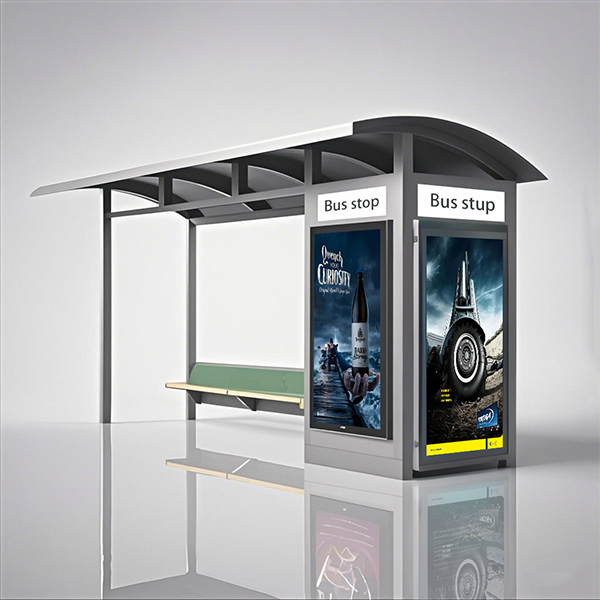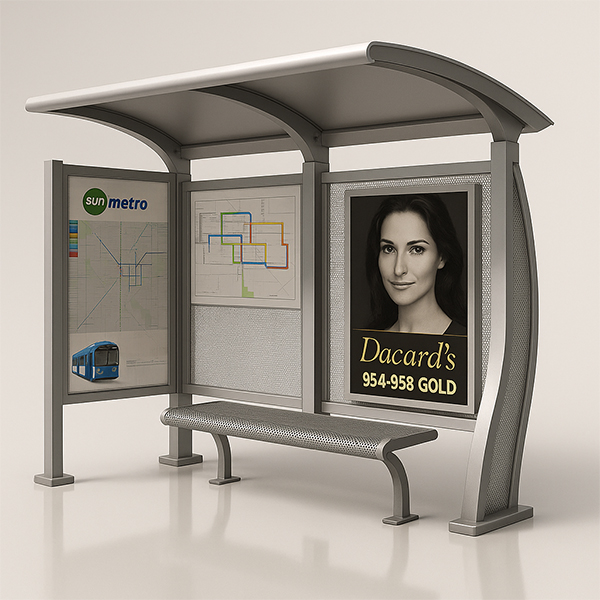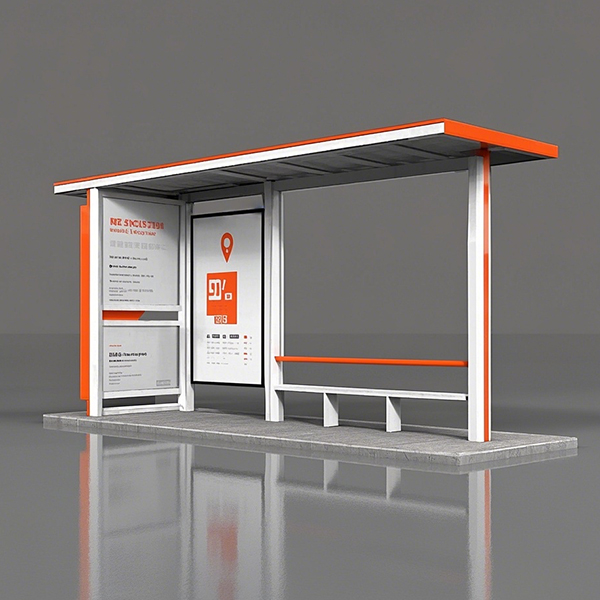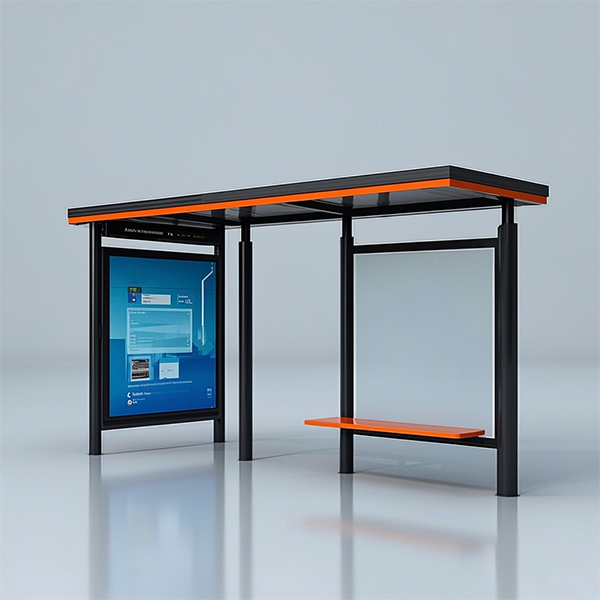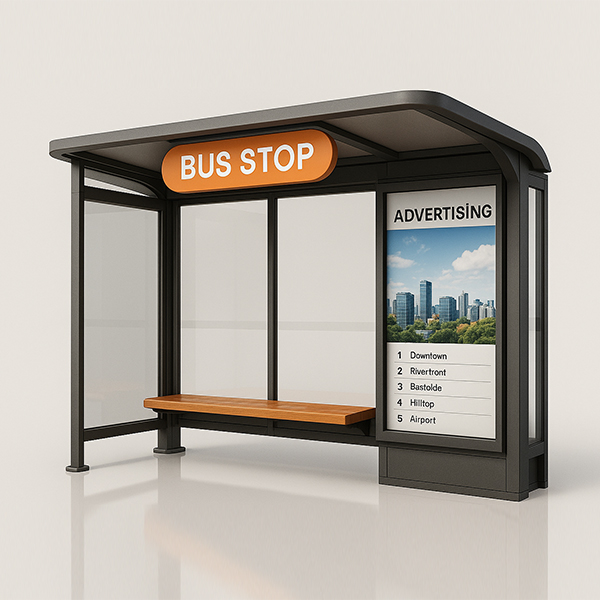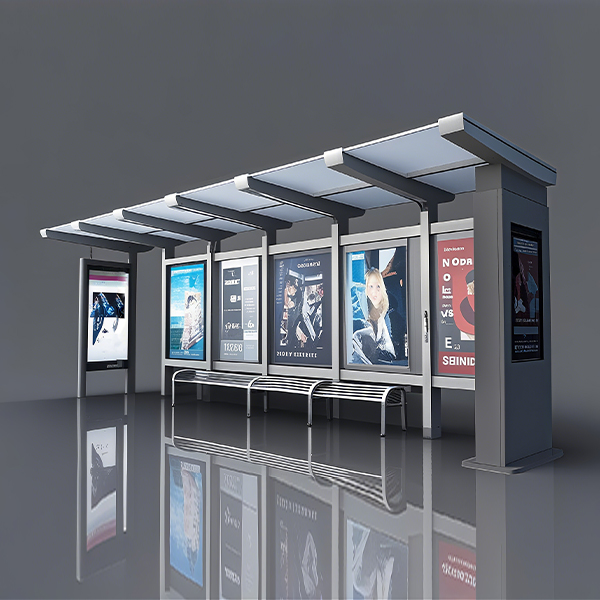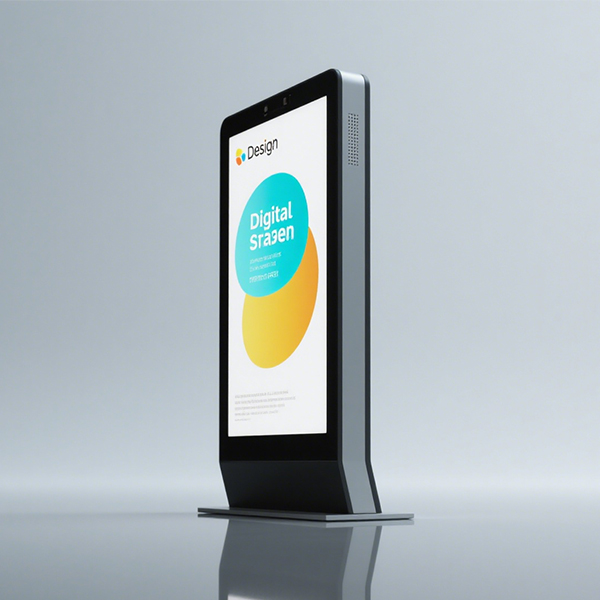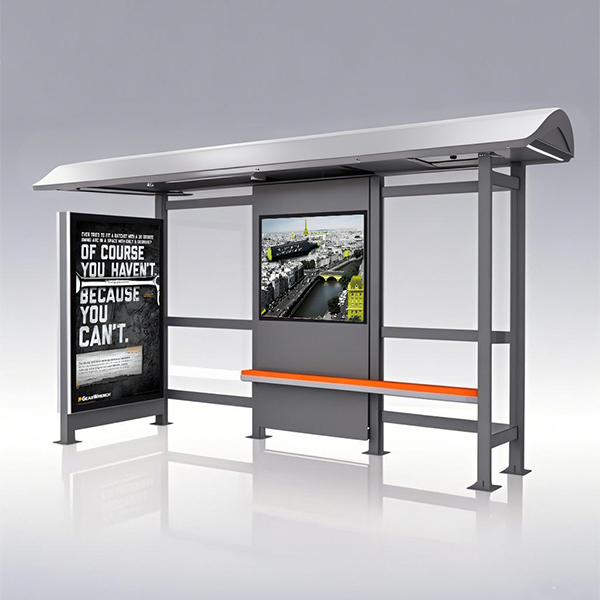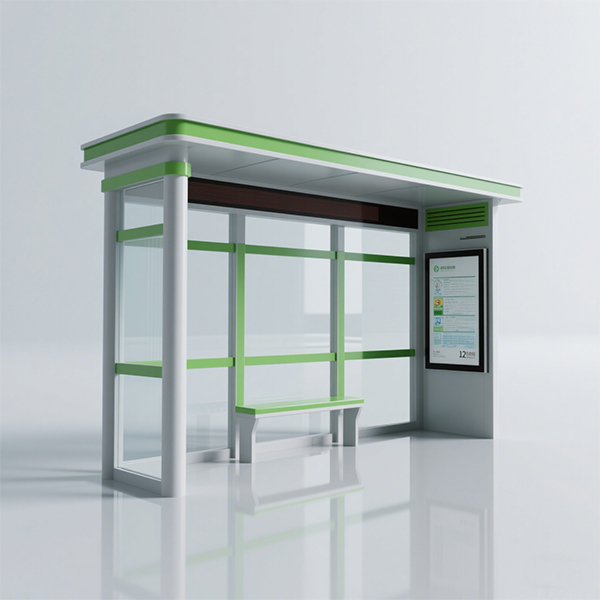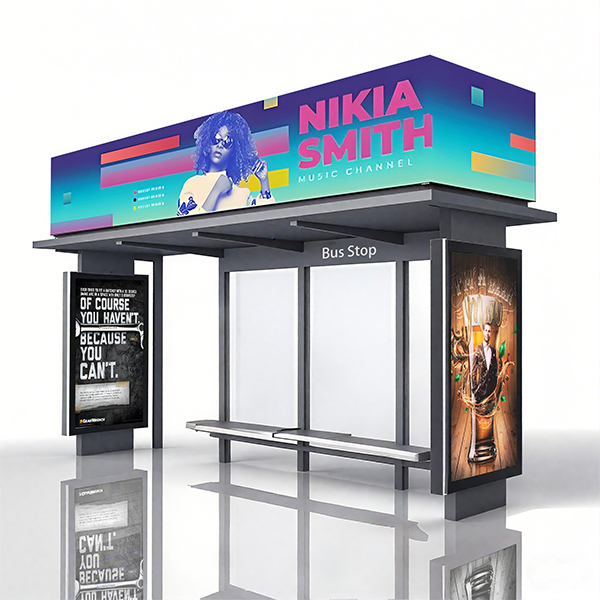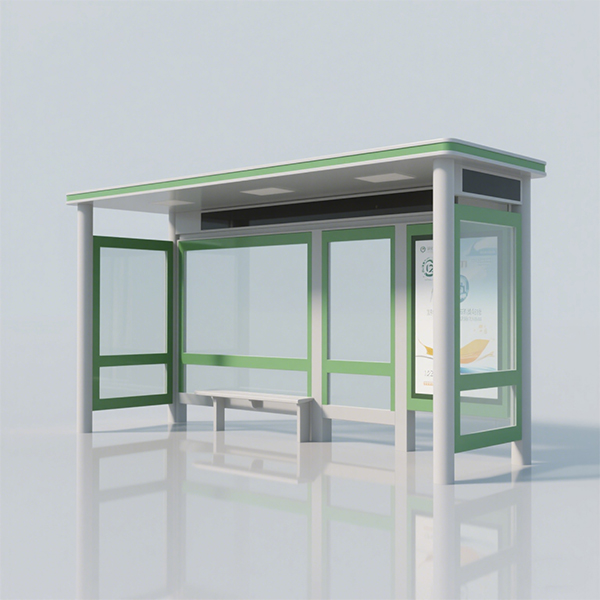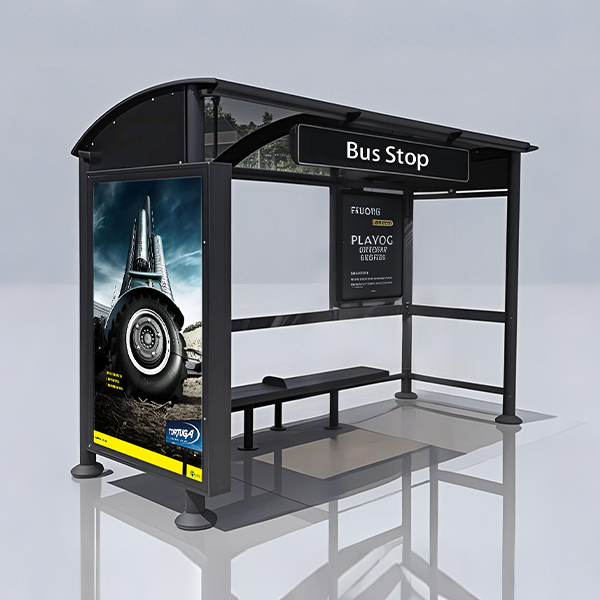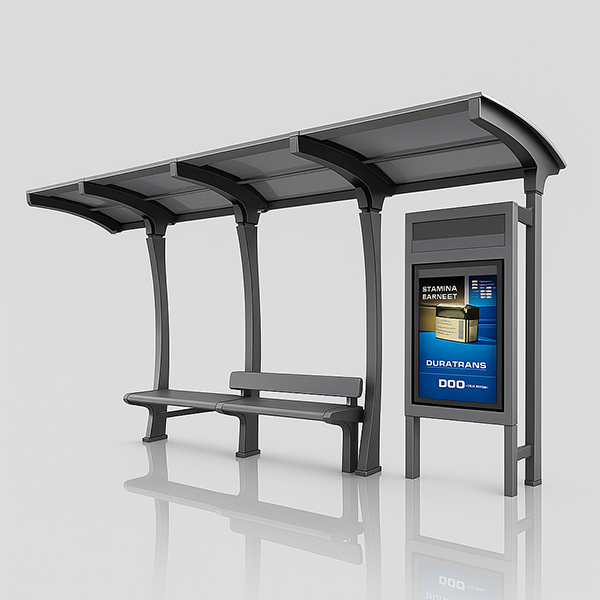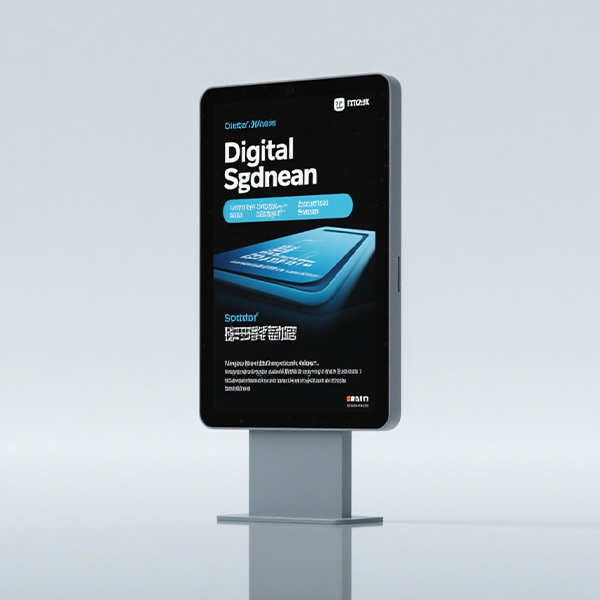
digital signage device
This guide helps you navigate the world of digital signage devices, outlining key factors to consider when selecting the perfect solution for your business or organization. We'll explore different types of displays, software compatibility, installation considerations, and budget planning, ensuring you make an informed decision that meets your specific requirements. Discover how to leverage the power of digital signage to enhance communication and engagement.
Understanding Your Needs: Defining Your Digital Signage Project
Identifying Your Goals
Before diving into the specifics of digital signage devices, clearly define your objectives. What do you hope to achieve with your digital signage implementation? Are you aiming to increase brand awareness, improve internal communication, enhance customer experience, or a combination of these? A well-defined goal will guide your selection process and ensure you choose the right tools for the job. Consider factors like the target audience, the message you want to convey, and the desired impact.
Location and Environment
The location where you'll install your digital signage device significantly impacts your choice of hardware. Outdoor displays need to withstand harsh weather conditions, requiring robust features like high brightness and weatherproofing. Indoor locations may prioritize features like slim design, energy efficiency, or specific screen resolutions. Factors such as ambient lighting, viewing distance, and potential for vandalism should all be considered.
Types of Digital Signage Devices
LCD Displays
Liquid Crystal Displays (LCDs) are the most common type of digital signage device, offering a balance of affordability, image quality, and energy efficiency. They're available in various sizes, resolutions, and aspect ratios, catering to a wide range of applications. Consider factors like pixel pitch (resolution) for optimal viewing distance and brightness for visibility in different environments. Many LCD digital signage devices from reputable manufacturers offer features like built-in media players for simplified content management.
LED Displays
Light-Emitting Diode (LED) displays offer superior brightness and durability, making them ideal for outdoor applications or high-ambient-light environments. They provide vibrant colors and wider viewing angles compared to LCDs, but they generally come with a higher price tag. LED displays are often used for large-scale installations and high-impact signage where superior visibility is crucial. Consider the pixel pitch (the distance between pixels) which affects image clarity and the viewing distance.
Interactive Displays
Interactive displays allow for audience engagement through touchscreens, enabling interactive kiosks, self-service applications, and more. These digital signage devices are ideal for situations where you want to provide an engaging and responsive experience for your audience. The choice between capacitive and resistive touchscreens depends on factors such as durability, accuracy, and multi-touch capabilities.
Software and Content Management
The digital signage device's software compatibility is critical. Choose a device compatible with the software platform you prefer. Some platforms allow for remote content management, scheduling, and analytics tracking. Look for platforms that offer user-friendly interfaces, robust features, and scalable solutions to adapt to your growing needs.
Choosing the Right Digital Signage Device: A Comparison
| Feature | LCD | LED | Interactive |
|---|---|---|---|
| Brightness | Moderate | High | Moderate to High |
| Cost | Lower | Higher | Higher |
| Durability | Moderate | High | Moderate |
| Suitable for | Indoor use, smaller spaces | Outdoor use, large spaces | High-interaction areas |
Installation and Maintenance
Consider the ease of installation and ongoing maintenance when selecting a digital signage device. Factors such as mounting options, cable management, and accessibility for servicing are important. Some manufacturers provide installation services or offer support resources to assist with the setup and ongoing maintenance of their digital signage devices. Look for devices with user-friendly interfaces for easy content updates and management.
Budget and ROI
Establishing a clear budget is essential. Consider the initial cost of the digital signage device, installation expenses, software licensing fees, and ongoing maintenance costs. Evaluate the potential return on investment (ROI) by assessing how the digital signage will contribute to your business goals. Many digital signage solutions offer features that track audience engagement, providing data to measure the effectiveness of your campaigns.
For more information on innovative and reliable digital signage solutions, explore the offerings at Shandong Luyi Public Facilities Co., Ltd. They offer a range of high-quality digital signage devices tailored to diverse needs. Contact them to discuss your specific requirements and find the perfect solution for your project.
Соответствующая продукция
Соответствующая продукция








